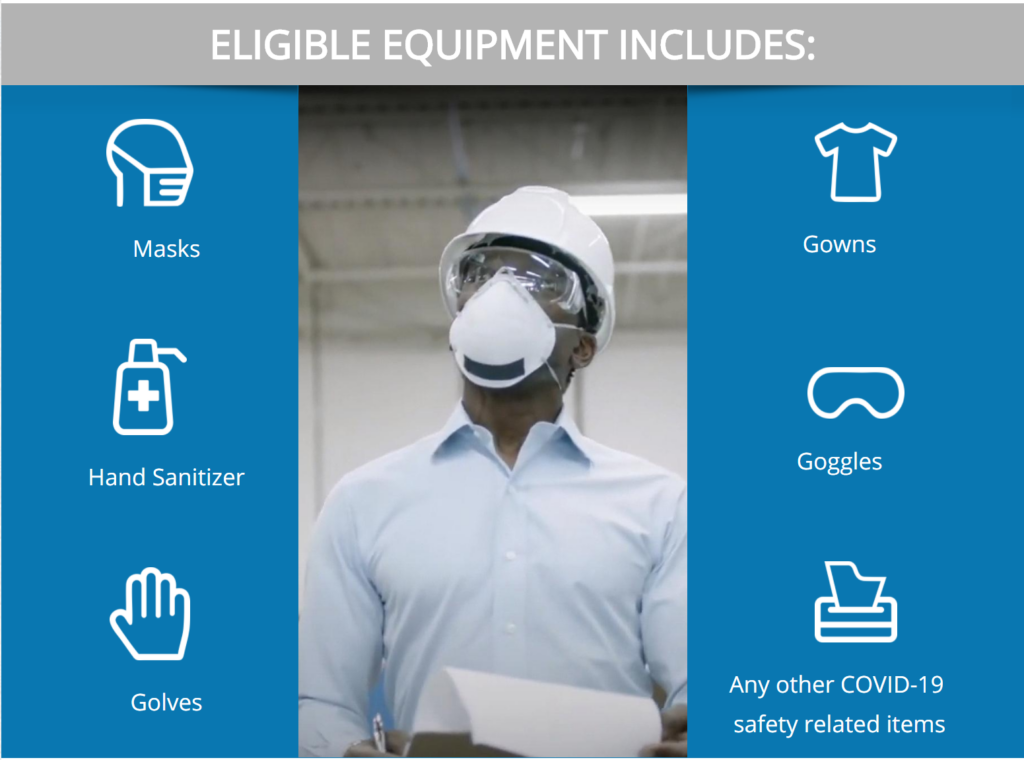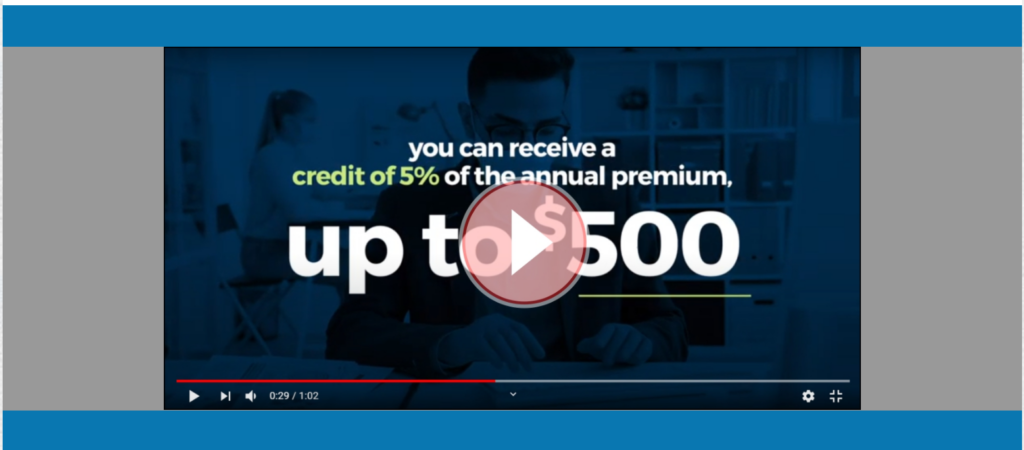Electronic Reporting Link:
https://www.osha.gov/injuryreporting/index.html
EMPLOYERS WITH 20 OR MORE EMPLOYEES in certain industries employers must also annually file the OSHA 300a through OSHA.gov….
Employers with 20 or more employees per establishment (see definitions below for establishment) and are in OSHA’s list of high-risk industries are required to electronically file their OSHA 300a forms annually. The high-risk industry list includes construction, manufacturing, utilities, department stores, general merchandise stores, general freight trucking, warehouse and storage, waste management services, and other high-risk industries. A complete list of OSHA’s high-risk industries can be found at this link: HIGH-RISK INDUSTRIES
WHO DOES NOT NEED TO FILE ELECTRONICALLY?
Establishments that meet any of the following criteria DO NOT have to send their information to us. Remember, these criteria apply at the establishment level, not to the firm as a whole.
- The establishment’s peak employment during the previous calendar year was 19 or fewer, regardless of the establishment’s industry.
- The establishment’s industry is on this list, regardless of the size of the establishment.
- The establishment had peak employment between 20 and 249 employees during the previous calendar year AND the establishment’s industry is NOT on this list.
Deadline: 2021 data must be submitted by March 2, 2022
1- When determining the number of employees what type of employees do I include?
All employees at your establishment need to be included, for example, all part-time, seasonal, clerical, principles, etc.
2- I have over 20 employees and I am in construction, do I need to electronically file with OSHA?
Yes, all construction NAICS codes are included in the high-risk industry list. View high-risk industry list (NAICS code 23 Construction includes all codes that start with 23).
3- I have 20 or more employees but I am NOT in construction, do I need to electronically file with OSHA?
Manufacturing, utilities, department stores, general merchandise stores, general freight trucking, warehouse and storage, and waste management services are considered high-risk industries and are required to file electronically. A complete list of OSHA’s high-risk industries can be found on this link: high-risk industry list
4- How do I find my NAICS code?
Use NAICS Keyword Search and enter keywords that describe your operation.
5- If I have less than 20 employees do any of the OSHA recordkeeping rules apply?
Yes, all employers are required to report serious injuries by contacting OSHA within 8 hours of a work-related fatality and within 24 hours of work-related in-patient hospitalization, amputation, or loss of eye (see Severe Injury Reporting ). You may also be required to keep OSHA logs if you have over 10 employees and you are not on the partially exempt list Watch this OSHA 15 minute video to learn more about how to maintain your OSHA logs.
6- If I file electronically do I need to keep OSHA logs?
Yes. Watch this OSHA 15 minute video to learn more.
7- What year data is being electronically filed by 3/2/2022?
You will be filing your 2021 data
8- When will the 2020 data be due?
2021 data will be due no later than 3/2/2022. Be sure to file early!
9- If an employee in my establishment is a contractor’s employee, must I record an injury or illness occurring to that employee?
If the contractor’s employee is under the day-to-day supervision of the contractor, the contractor is responsible for recording the injury or illness. If you supervise the contractor employee’s work on a day-to-day basis, you must record the injury or illness.
10- Must the personnel supply service, temporary help service, employee leasing service, or contractor also record the injuries or illnesses occurring to temporary, leased, or contract employees that I supervise on a day-to-day basis?
No, you and the temporary help service, employee leasing service, personnel supply service, or contractor should coordinate your efforts to make sure that each injury and illness is recorded only once: either on your OSHA 300 Log (if you provide day-to-day supervision) or on the other employer’s OSHA 300 Log (if that company provides day-to-day supervision).
11- If I had no losses do I still need to electronically file?
Yes if you fall into the requirement you must still file “0” losses
Additional OSHA electronically filing questions.
Still need assistance?
Email: Claims@keevily.com or call
1-800-523-5516.




